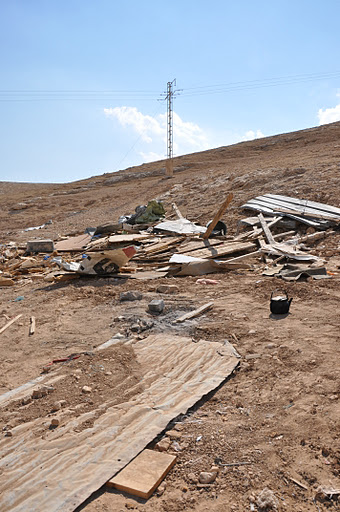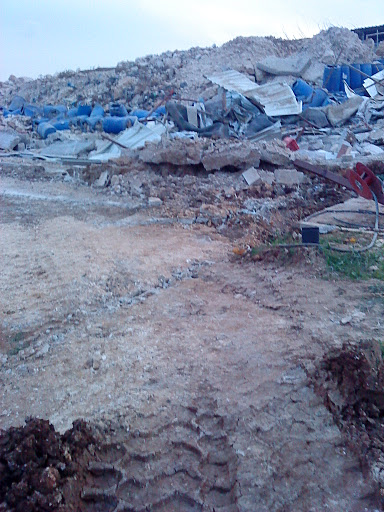Tag: House Demolition
-
Israel: Charging house demolition victims to pay costs of demolition equipment
by Samira | International Solidarity Movement, West Bank The people in the Bedouin community, Mihtawish, in Khan el Ahmar area outside Jerusalem today faced a house demolition. Three family houses were demolished, which hosted in total 39 people. 30 of them are children. One family lived in their house year round and two were soon…
-
Anata falls victim to militarized, illegal settlement once again
by Jenna Bereld 26 October 2011 | International Solidarity Movement, West Bank When Mohammad woke up on Tuesday, he still did not know about the Israeli forces or the bulldozers that were on their way to uproot his trees and demolish his entire farm. But before the day was over, all of his property was erased and…
-
After decade of demolitions, Susiya shepherd will continue to herd
11 October 2011 | International Solidarity Movement, West Bank On 10 October an Israeli army jeep filled with Israeli soldiers and a representative from the District Coordination Office (DCO) drove down the dirt track roads from the neighboring military base towards the small village of Susiya. The purpose of this visit was to serve yet…



